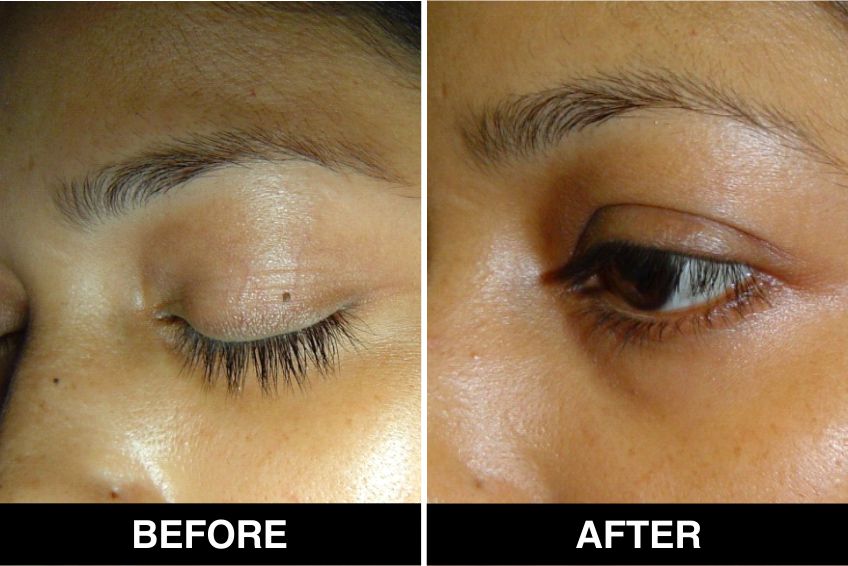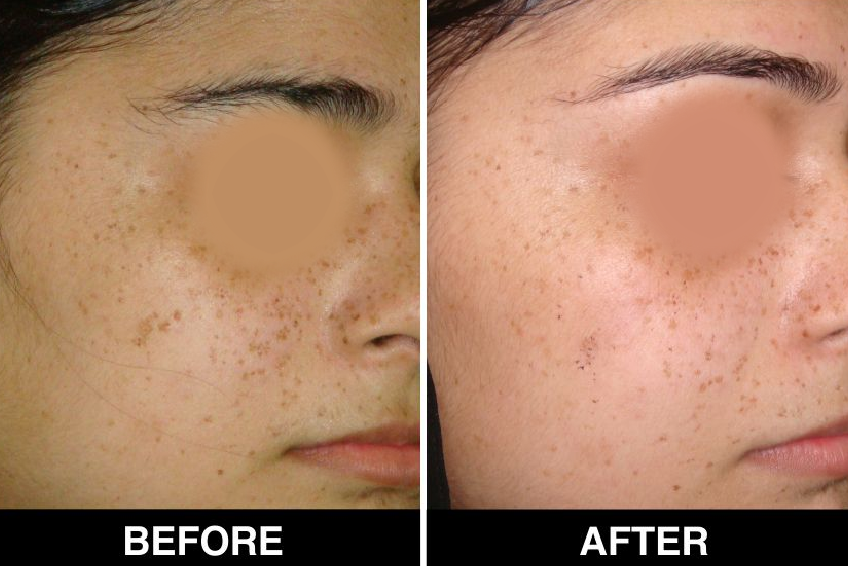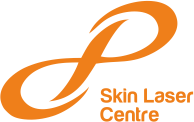Moles, Warts & Skin Tags
Over the past decade, advances in laser technology have allowed dermatologists to remove benign skin growths using both ablative and nonablative lasers
Indications of co2 laser
Actinic and seborrheic keratosis, warts, moles, skin tags, epidermal and dermal nevi , xanthelasma Other conditions that have been shown to respond favorably to carbon dioxide laser resurfacing include rhinophyma severe cutaneous photodamage , syringomas, actinic cheilitis angiofibroma scar treatment keloid neurofibroma and diffuse actinic keratosis
Patient selection, counseling and informed consent
As with any cosmetic procedure, proper patient selection is essential.
- History of previous laser resurfacing, dermabrasion or deep phenol peel should be noted,because these procedures could potentially delay the wound healing response due to the presence of fibrosis When applicable, patients should be discouraged from smoking before and after surgery to reduce the risk of delayed or impaired wound healing.
- Skin to be treated should be thoroughly examined-scarring, dyschromia, rhytid formation, and skin type should be noted carefully. For patients desiring periorbital laser treatment the eyes should be carefully examined for scleral show, lid lag, and ectropion.
- Most importantly, patients should have realistic expectations and sound reasons for deciding to undergo the cosmetic laser surgical procedure. Other cosmetic treatment options should be reviewed too so that the patient may make an informed decision.
The patient should understand that there is a postoperative healing phase with erythema and crusting that lasts for 1-2 weeks. The need to avoid sunlight during postoperative healing should be emphasized. It is worthwhile to include explicit instructions to the effect in the consent form .
While CO 2 laser resurfacing is usually a one-time procedure, many patients may need repeat treatments and if the physician thinks that a second session may be needed.
Contraindications
- Absolute contraindications include, active cutaneous bacterial or viral infection in the area to be treated, and ectropion (for infraorbital resurfacing).
- Relative contraindications include patient history of keloid formation or hypertrophic scarring, on going ultraviolet exposure, prior radiation therapy to treatment area, and collagen vascular disease.
- Caution should be taken with patients who smoke or who have a history of previous laser resurfacing, phenol chemical peel, dermabrasion, and/or transcutaneous lower blepharoplasty.
Anesthesia
For small lesions, EMLA cream applied under occlusion for 30-60 minutes is adequate. For localized areas, local infiltration with 1% lidocaine and epinephrine is usually sufficient to produce adequate anesthesia. For larger areas, such as full-face resurfacing, nerve blocks ( e.g ., supraorbital, supratrochlear, infraorbital, mental) may be needed along with local infiltration.
Postoperative care and complications
- Avoidance of undue sun exposure and use of broad spectrum sunscreens is mandatory.
- Carbon dioxide laser resurfacing imparts a thermal injury to denuded skin. Nearly all patients encounter minor side effects ranging from postoperative pain and edema to pruritus and tightness.
- Postoperative edema (swelling) may occur, which usually subsides with cold compresses and nonsteroidal anti inflammatory drugs.
- A mild serous (watery) discharge is seen, which subsides spontaneously by the 2nd or 3rd postop day.














Moles/Warts/skin tags FAQ’s
Moles are brownish spots on the skin made up of pigment cells called melanocytes which produce the pigment melanin in skin. Warts are benign growths of the skin and mucosa caused by human papilloma virus. Skin tags are small flesh coloured growths of skin that some people develop on the face, neck, armpits, and body folds like the groin. They are usually painless and do not cause any sort of discomfort.
Moles, warts and skin tags can be removed by electrocautery or CO2 laser. Moles can also be surgically removed by shave excision, punch excision or excision and closure.
Yes, the procedure is painful and is carried out under local anaesthesia. However, the pain is minimal and the procedure is well tolerated.
Most moles appear in childhood and adolescence, but it is normal to develop new moles throughout one's life.
Book An Appointment












